Health Economics: The Financial Benefits of Using XR in Healthcare (2022)
- June 23, 2022
- 11:19 pm
The Financial Benefits of Using XR in Healthcare
The Quickest Way To Understand The Financial Benefits of Using XR in Healthcare
Below we look into the financial benefits of using XR in healthcare.
Demonstrating the benefits of XR technology is crucial to ensuring that XR-led programmes of work in the NHS lead to positive changes for patients, staff, clinicians and the public.
With public funds in use; honesty and transparency is paramount.
Digital transformation teams cite that funds should only be used on evidence-based and pro-patient activities.
NHSX is the arm of the NHS transformation directorate which engages widely and seeks input from stakeholders, regional teams, local providers, Integrated Care Systems (ICSs), the third sector and digital innovators, amongst others, to identify use of digital technologies which are evidenced to provide the maximum value with intended beneficial outcomes for patients and staff.
The potential of XR in the healthcare and health education settings has been discussed in HAUD’s recent blogs.
Extended Reality (XR) can benefit patients, carers and staff in the community and in wider society.
In mental health and wellbeing settings; XR can be used to support patients engaged in self-care or remotely delivered care at home, or to improve the experience in, whether as a direct intervention for pain or anxiety or as a communication tool.
Clinicians can use XR to engage patients better and to free up time.
Medical education benefits from better quality training and more learning opportunities.
Health systems can use XR to tackle increasing demand and to improve service efficiency.
NHS Digital is hoping to convert upto 20% of outpatient consults into video appointments with the facility for VR and XR use to aid patient care.
Society will benefit from XR’s role in equitable, low-cost access to treatments and in public health prevention programmes.
Patient and public familiarity with Virtual Reality (VR) has increased in society due to the lowered price of headsets and controllers in the video game market.
Accessible low-cost technology requirements reduce the barrier to NHS Trusts deploying VR in other areas of healthcare, such as in mental health or home rehabilitation as discussed in our earlier blogs.
Researchers have touched upon multiple successful immersive VR case studies such as chronic pain management, stroke rehabilitation, burns rehabilitation, phobias, anxiety and autism (please add blogs) and end of life care – the effects on improved patient outcomes are positive and even life-changing in certain cases.
With respect to financing; a PC based VR system in the 2020s costs £2000.
An untethered HMD with two controllers costs £300 or so and smartphone-ready headsets are even cheaper still at £30-£50.
If used 262 working days in a year for up to two years with multiple different patients in different settings (sets are lightweight and can be transported), plus the addition of a small amount per use for a disposable liner or cleaning materials, the cost per day of a PC based system is less than £5 per day over its lifetime based on hardware alone.
Replacement costs of devices or batteries for portable equipment are negligible – making equipment procurement costs low for product initiation.
Equipment can be purchased outright or even leased if the XR programmes are funded for experimental purposes only.
The COVID-19 pandemic has brought significant costs to the NHS that will require investment due to increases in demand, not only from services impacted by the pandemic but also people.
Service leaders need to consider the potential for future COVID-19 waves in addition to the areas under most pressure post-pandemic such as mental health services and hospital care with the potential to reduce treatment, admission and emergency patient care bills.
XR can also be used for healthcare professional education – VR-led training can be part of NHS investment in its workforce.
Financing healthcare technology involves identifying the clinical pathway and settings where it is to be deployed and the changes expected to be achieved.
Post-business case; the value of XR as a healthcare tool will be expressed either as a straight financial saving or as costs against benefits expressed in monetary terms, health-related quality of life gains, or other measurable consequences.
HAUD can see three primary benefits from committing to XR – reducing the costs of service delivery, improving outcomes for patients and staff and increasing access to treatments (such as effective CBT and the Fear of Heights distraction training) and training. See wellbeing, patient education and staff education.
Conclusively; patients benefit because XR enables remote delivery of care at home and can improve the experience in the clinic, providing more regular and consistent access to experiences and therapies (such as falls prevention; distraction from pain for burns dressing changes, opiate users and for podiatry patients).
Clinicians may be able to engage patients better by automating certain elements (eg pulmonary rehab exercises in the comfort of their own home) in the therapeutic process.
Healthcare students and workers benefit from better quality training and more learning opportunities including access to specialities and sections of the hospital which may be difficult to access due to visiting restrictions from the pandemic.
Healthcare systems can use XR interventions (such as HoloLens virtual ward rounds at Imperial College) to free-up clinician time to see more patients face to face and reduce waiting lists. Society will benefit from the equity of access to VR-led treatments and public health prevention programmes as many patients and clinicians already have the equipment required and if not; the equipment is affordable for both patients themselves and the charities which may be required to finance equipment availability.
The XR industry is looking forward to benefiting from supporting the creative and technological demand for sustainable and environmentally friendly, cost-effective XR healthcare tools.

About Us
I hope you enjoyed this post about the financial benefits of using XR in healthcare
We are HAUD, Your VR Healthcare Related Software Developer.
We aspire to draw from our extensive experience in the gaming and entertainment industries.
Our developers are adept at storytelling, using gamification and creative technology as powerful interventional tools for eliciting cost-efficient and beneficial patient, carer and clinician outcomes.
Feel free to take a look around and reach out to us if you want to learn more about how we create custom XR software for you.